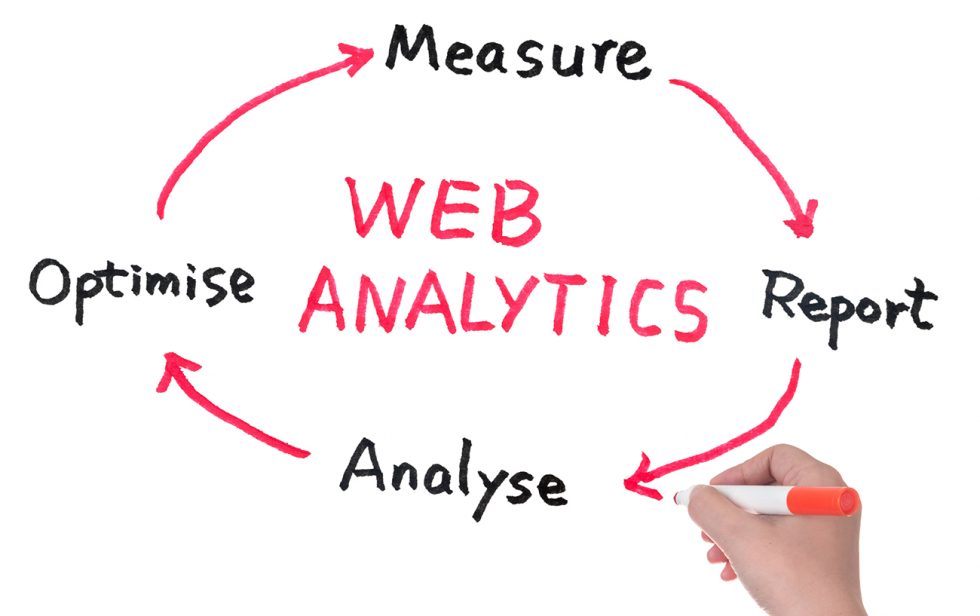
Web analytics refers to the collection, measurement, analysis, and reporting of data related to a website’s usage and performance. The primary goal of web analytics is to gain insights into how a website is being used, understand user behavior, and make data-driven decisions to improve the site’s effectiveness and meet specific objectives. Web analytics provides valuable information about website visitors, their interactions, and the site’s overall performance.
Key aspects of web analytics include:
Data Collection: Web analytics tools, such as Google Analytics and Adobe Analytics, collect data from website visitors as they interact with the site. This data includes information on page views, session durations, bounce rates, user demographics, geographic locations, devices used, and more.
Measurement and Analysis: Web analytics tools process the collected data and provide a range of metrics and reports that allow website owners and marketers to understand how the site is performing. Metrics can include the number of visitors, the most popular pages, conversion rates, and more.
Conversion Tracking: One of the essential aspects of web analytics is tracking and analyzing conversions. Conversions can be defined differently depending on the website’s goals, such as making a purchase, filling out a contact form, subscribing to a newsletter, or any other desired user action.
User Behavior Analysis: Web analytics allows you to analyze how users navigate your site, which pages they visit, the path they take through the site, and where they drop off or exit. This information helps in optimizing user experience.
Segmentation: Segmentation allows you to group users based on specific characteristics or behaviors. For instance, you can segment users based on location, device, referral source, or other factors to understand how different user groups interact with your site.
Real-Time Analytics: Some web analytics tools provide real-time data, allowing you to monitor current website activity and user behavior as it happens.
Goal Setting and Tracking: You can define specific goals in web analytics, such as achieving a certain number of sales or sign-ups, and then track the progress toward these goals.
Funnel Analysis: Funnels in web analytics represent the steps users take to complete a specific action, such as making a purchase. Funnel analysis helps identify where users drop off in the conversion process and allows for optimization.
Custom Reporting: Many web analytics tools allow you to create custom reports and dashboards to focus on the most relevant metrics and KPIs for your business.
Web analytics is crucial for businesses and website owners because it provides valuable insights for improving the user experience, content, marketing strategies, and overall website performance. By using web analytics data, you can make informed decisions to enhance your website’s effectiveness and meet your objectives, whether they involve increasing traffic, engagement, or conversions.